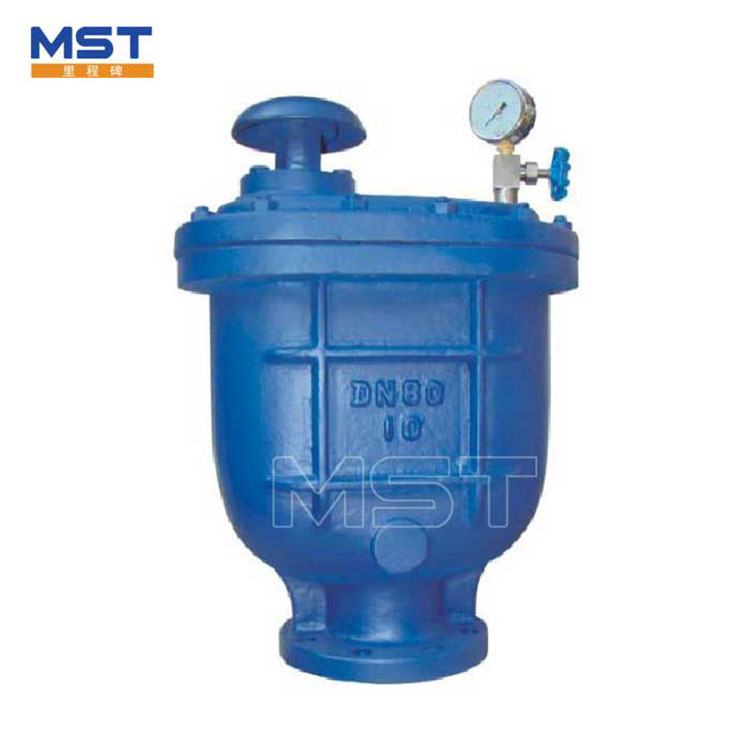 English
English Español
Español  Português
Português  русский
русский  Français
Français  日本語
日本語  Deutsch
Deutsch  tiếng Việt
tiếng Việt  Italiano
Italiano  Nederlands
Nederlands  ภาษาไทย
ภาษาไทย  Polski
Polski  한국어
한국어  Svenska
Svenska  magyar
magyar  Malay
Malay  বাংলা ভাষার
বাংলা ভাষার  Dansk
Dansk  Suomi
Suomi  हिन्दी
हिन्दी  Pilipino
Pilipino  Türkçe
Türkçe  Gaeilge
Gaeilge  العربية
العربية  Indonesia
Indonesia  Norsk
Norsk  تمل
تمل  český
český  ελληνικά
ελληνικά  український
український  Javanese
Javanese  فارسی
فارسی  தமிழ்
தமிழ்  తెలుగు
తెలుగు  नेपाली
नेपाली  Burmese
Burmese  български
български  ລາວ
ລາວ  Latine
Latine  Қазақша
Қазақша  Euskal
Euskal  Azərbaycan
Azərbaycan  Slovenský jazyk
Slovenský jazyk  Македонски
Македонски  Lietuvos
Lietuvos  Eesti Keel
Eesti Keel  Română
Română  Slovenski
Slovenski  मराठी
मराठी  Srpski језик
Srpski језик
A brief discussion of the differences between gate valves and globe valves on valve models
2023-09-19
A brief discussion of the differences between gate valves and globe valves on valve models
Electric gate valves and imported electric stop valves are the two closest electric valves. They are especially suitable for switching and regulating steam, gas, oil, etc. However, if the two are analyzed in detail, there are still many differences. To understand their differences, there are Help users choose and use.
Electric valve refers to a unit that uses an electric actuator to control the valve to open and close the valve, or adjust it. It can be divided into upper and lower parts, the upper part is the electric actuator, and the lower part is the valve. The opening and closing speed of the electric gate valve can be adjusted. It has a simple structure and is easy to maintain. Due to the buffering characteristics of the gas itself during the operation, it is not easily damaged due to jamming, but it must have a gas source, and its control system is more complicated than that of an electric valve. Electric stop valves and electric gate valves are the same type of valves. They are composed of an electric actuator or a pneumatic actuator and a stop valve. The difference is that its closing part is a valve body, and the valve body rotates around the center line of the valve body to open. , a closed valve. Gate valves are mainly used in pipelines to cut off, distribute and change the flow direction of media. Their differences are as follows:
1. Different sealing surfaces
When the gate valve is opened and closed, the sealing surfaces of the valve core and the valve seat are always in contact and friction with each other, so the sealing surface is easy to wear. Especially when the valve is in a close state, the pressure difference between the front and rear of the valve core is large, and the sealing surface wear becomes more serious. ; Once the valve disc of the stop valve is in an open state, there is no contact between the valve seat and the valve disc sealing surface. Therefore, the mechanical wear of the sealing surface is small. However, if the medium contains solid particles, the sealing surface is easily damaged. . The sealing surface of the gate valve has a certain self-sealing ability. Its valve core relies on the medium pressure to tightly contact the sealing surface of the valve seat to achieve a tight seal. The valve core slope of the wedge gate valve is generally 3 to 6 degrees. When the valve core is forced to close excessively or the temperature changes greatly, it is easy to get stuck. Therefore, high-temperature and high-pressure wedge gate valves have taken certain structural measures to prevent the valve core from getting stuck. The sealing surface of the stop valve must be forced to close in order to achieve sealing. Under the same diameter, working pressure and the same driving device, the driving torque of the stop valve is 2.5 to 3.5 times that of the gate valve. This point should be paid attention to when adjusting the torque control mechanism of the electric valve. The sealing surfaces of the stop valve only contact each other when they are completely closed. The relative slippage between the forcedly closed valve core and the sealing surface is very small, so the wear of the sealing surface is also very small. The wear of the sealing surface of the stop valve is mostly caused by debris in front of the valve core and sealing surface, or by the loose closing state, causing high-speed erosion of the medium.
2. Different structures
The gate valve has a more complex structure than the globe valve and has a larger height dimension. From the appearance point of view, the gate valve is shorter and taller than the globe valve. In particular, the rising stem gate valve requires a higher height space, which should be paid attention to when selecting the type when the installation space is limited. to
3. Different flow resistances
When the gate valve is fully open, the entire flow channel is straight. At this time, the pressure loss of the medium is small. Compared with the stop valve, its main advantage is that the fluid flow resistance is small. The flow resistance coefficient of the ordinary gate valve is about 0.08~0.12, while the flow resistance coefficient of the ordinary gate valve is about 0.08~0.12. The resistance coefficient of the stop valve is about 3.5~4.5. The opening and closing force is small. Gate valves are generally suitable for working conditions that do not require frequent opening and closing and keep the gate fully open or fully closed. They are not suitable for adjustment and throttling. The stop valve has a large flow resistance throughout the entire stroke, a large unbalanced force, and the required driving force or torque is correspondingly much larger. But it is very suitable for regulating and throttling fluids. For high-speed flowing media, when the gate is partially opened, it can cause vibration of the valve, and vibration may damage the sealing surface of the gate and valve seat. Throttling will cause the gate to be eroded by the medium.
4. Different itineraries
The stroke of the gate valve is larger than that of the globe valve. to
5. Different flow directions
When the stop valve is installed, the medium can enter from the bottom of the valve core or from the top. The advantage of the medium entering from the bottom of the valve core is that the packing is not under pressure when the valve is closed, which can extend the service life of the packing, and the packing can be replaced when the pipeline in front of the valve is under pressure. The disadvantage of the medium entering from the bottom of the valve core is that the driving torque of the valve is large, about 1.05~1.08 times that of entering from above. The axial force on the valve stem is large and the valve stem is easy to bend. For this reason, the method of medium entering from below is generally only suitable for small diameter stop valves (below DN50). Stop valves above DN200 all use the method of medium flowing in from above. Electric stop valves generally use the method of medium entering from above. The disadvantages of media entry from above are exactly opposite to those of media entry from below. The flow direction of the gate valve has the same effect from both sides. Compared with gate valves, the advantages of stop valves are simple structure, good sealing performance, and convenient manufacturing and maintenance; the disadvantages are large liquid resistance and large opening and closing force.
6. Different maintenance procedures
The maintenance of gate valves is not suitable for on-site pipelines, but the valve seats and discs of most stop valves can be replaced online without removing the entire valve from the pipeline. This is suitable for occasions where the valve and pipeline are welded together. is very suitable. Of course, there are more differences between gate valves and globe valves than these. We must distinguish their similarities and differences well during selection and use to avoid mistakes. The application range of globe valves and gate valves is determined based on their characteristics. In smaller channels, when better shut-off sealing is required, stop valves are often used; in steam pipelines and large-diameter water supply pipelines, since fluid resistance is generally required to be small, gate valves are used.





